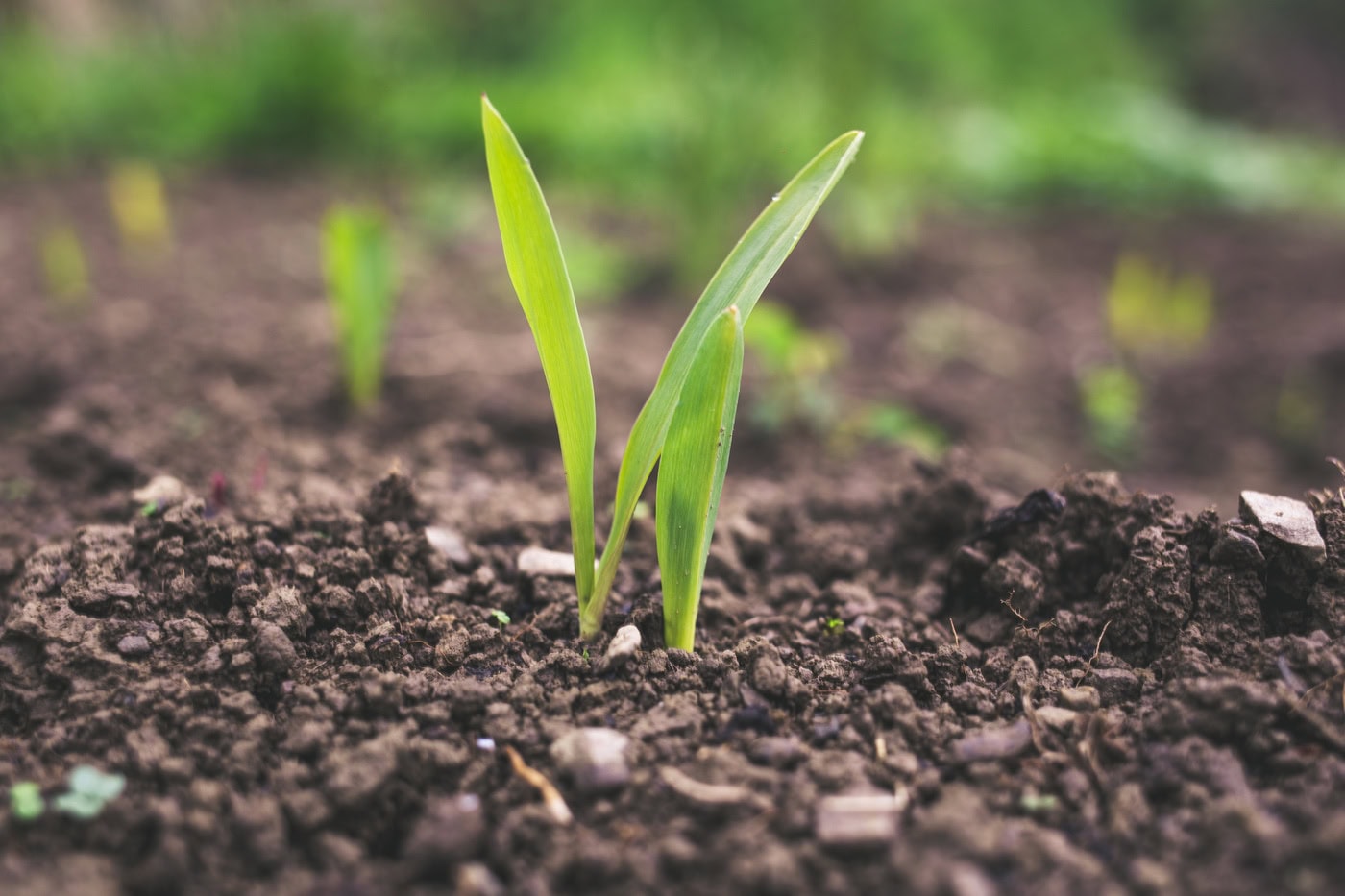Transforming agriculture: Tennessee Tech’s groundbreaking soil-powered IoT system

Researchers at Tennessee Technological University have developed a pioneering method to power agricultural Internet of Things (IoT) sensors using electricity transmitted directly through the soil. This breakthrough technology, tested over multiple growing seasons on a two-acre plot at the university’s Shipley Research Farm, promises to significantly reduce the power costs and logistical challenges associated with deploying sensors across large agricultural fields.
The technology, named through-the-soil (TTS) power transmission, involves a system where electrical power is sent through the soil from a transmitter to multiple receivers, which then power various sensor modules. These sensors are capable of monitoring crucial agricultural data such as soil moisture, temperature, and nutrient concentrations.
The core components of the TTS system include a power transmitter, several power receivers, and multiple sensor modules. The transmitter uses a pair of electrodes—one on the surface and one deep underground—to send power across the field to the receivers. Each receiver is equipped with rods driven into the ground that draw power up to operate the sensors.
This system was powered by a mobile solar panel array, costing approximately 0.1 kWh per day to operate, translating to just over a penny per day in energy costs. This economical and efficient solution leverages the natural conductivity of irrigated, fertilized agricultural soil, which is enhanced compared to typical soil conditions.
The TTS setup is not only innovative in its approach to power delivery but also in its potential integration into existing farming infrastructure, offering a cost-effective method to enhance smart agriculture practices. The technology could revolutionize how data is collected in expansive farming operations, potentially integrating data and power transfer within the same system.
Led by Charles Van Neste, an assistant professor at Tennessee Tech, the research team has been refining this technology since 2016. Their efforts have culminated in a reliable system that could soon see commercial deployment through a startup named Terra Watts, Inc. Van Neste and his team are optimistic about the system’s future, aiming to demonstrate its capability to power sensors over a radius up to 200 meters by the end of summer, which could cover an area as large as 30 acres.
Source: IEEE Spectrum



